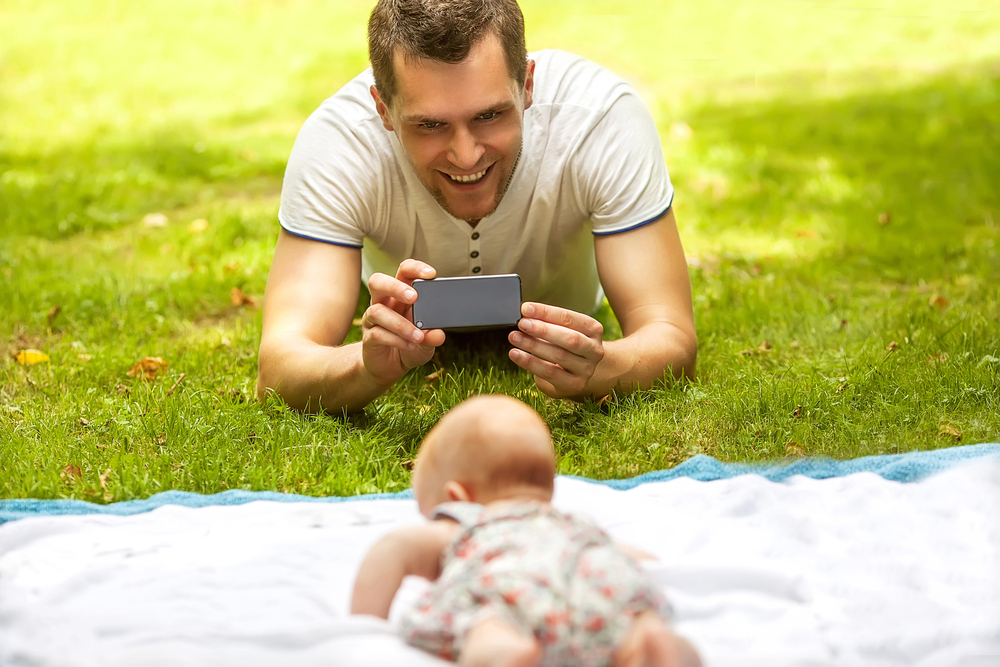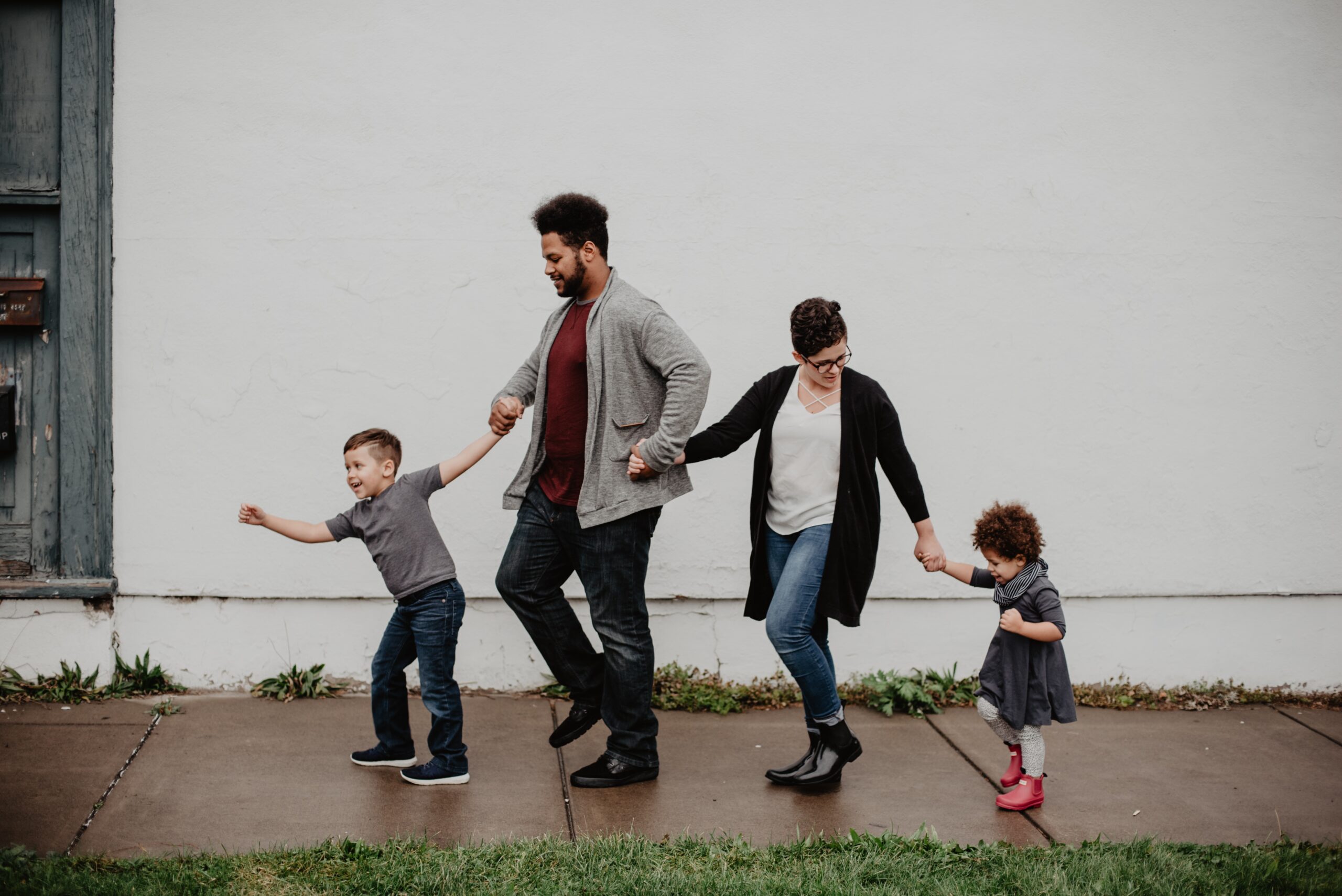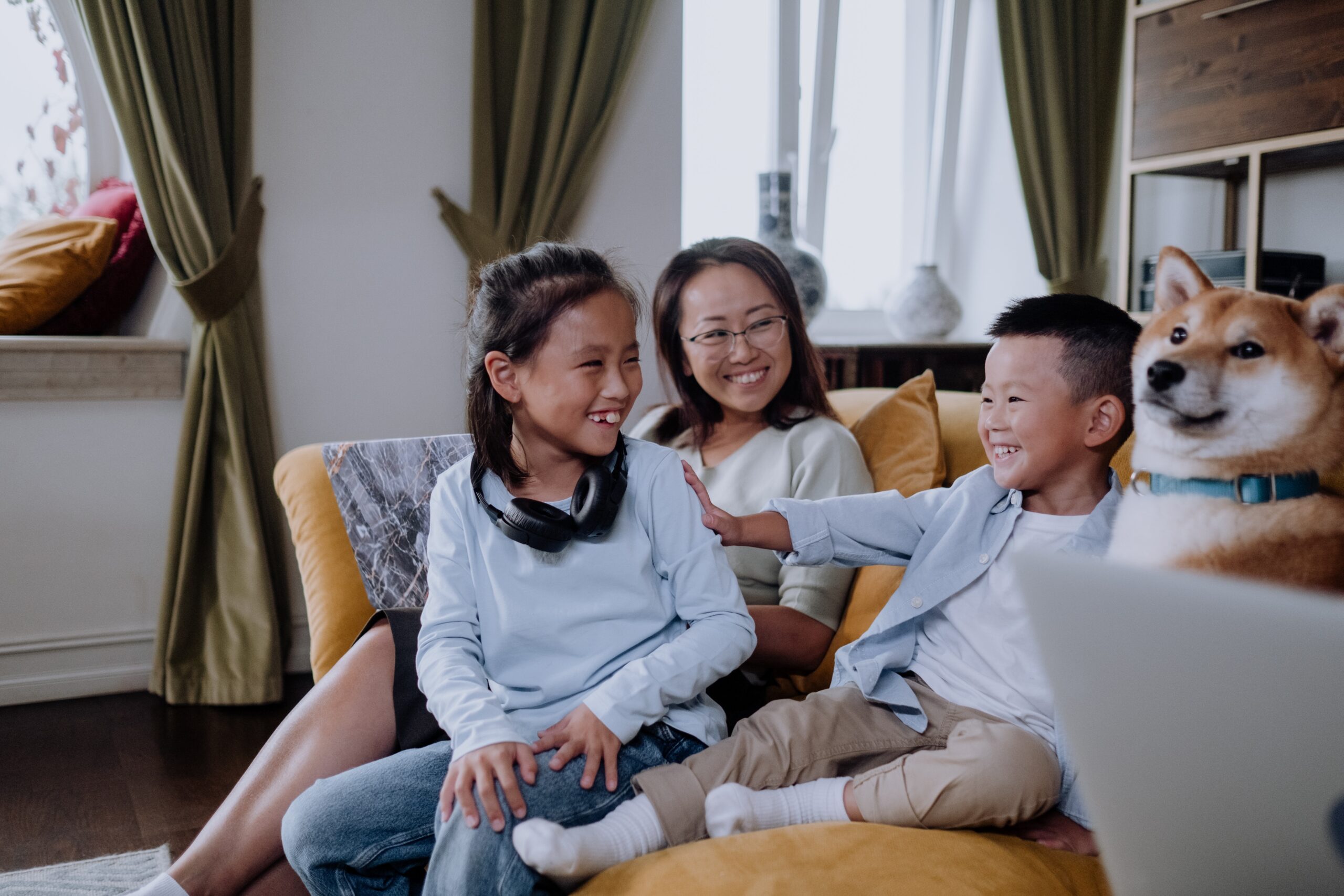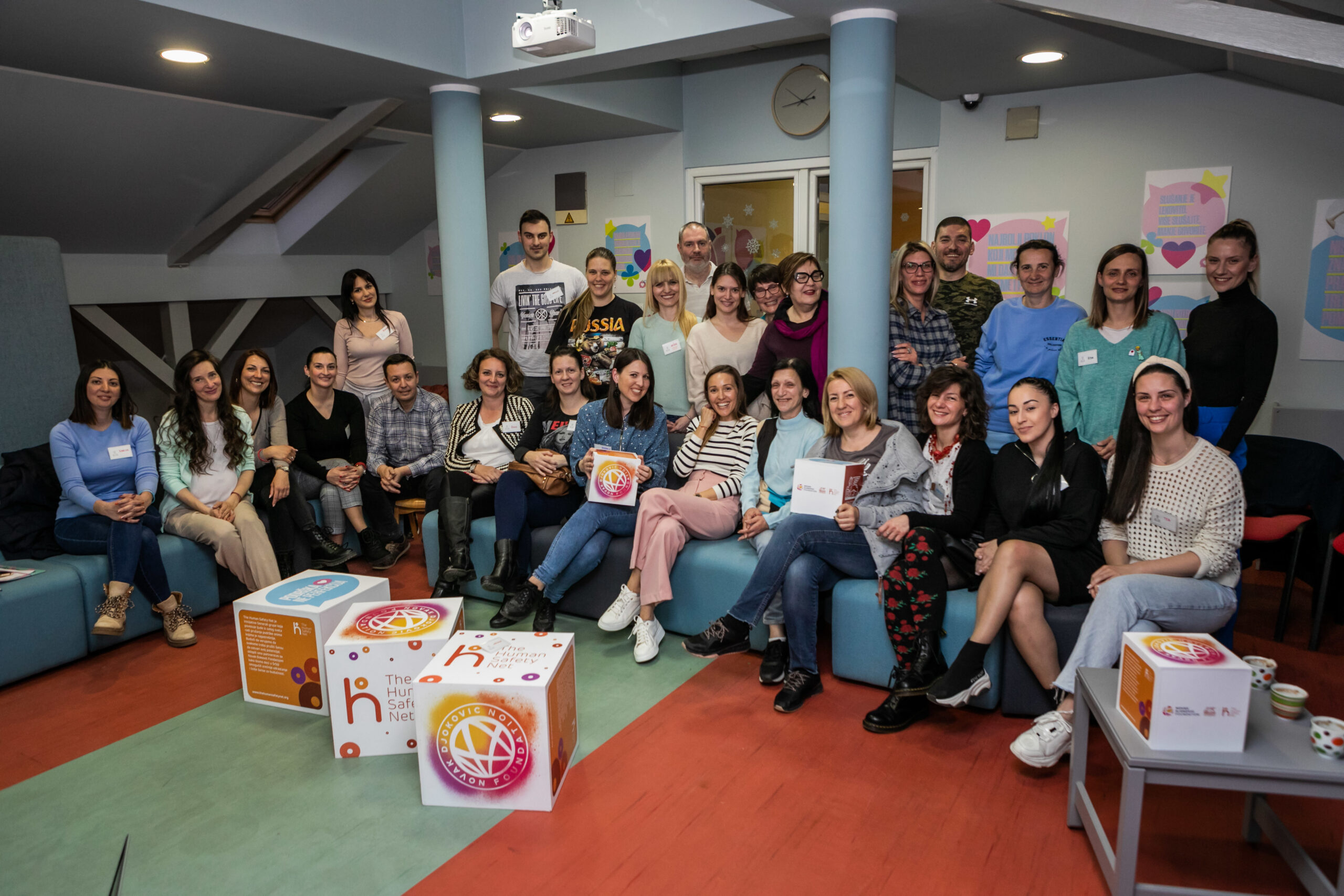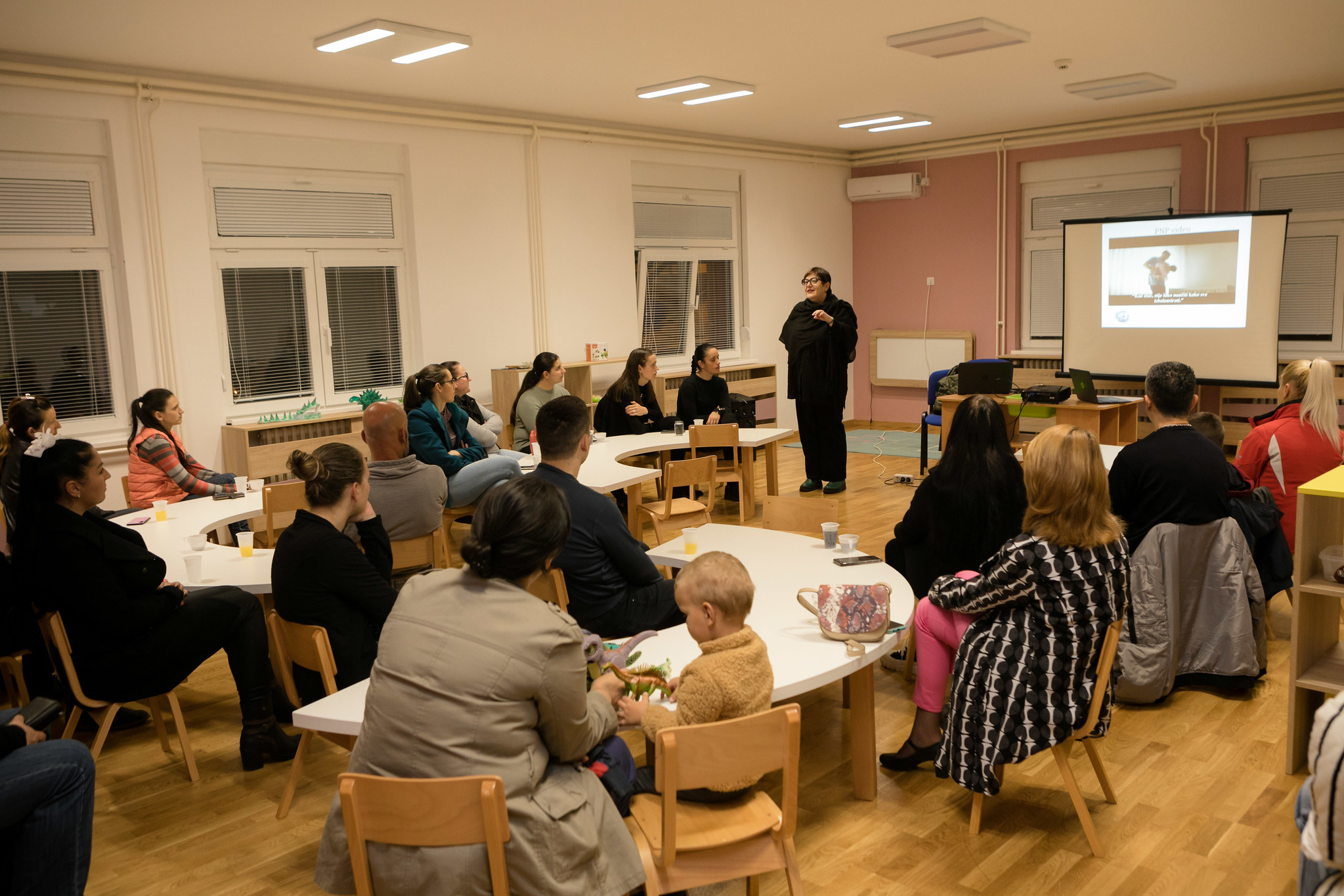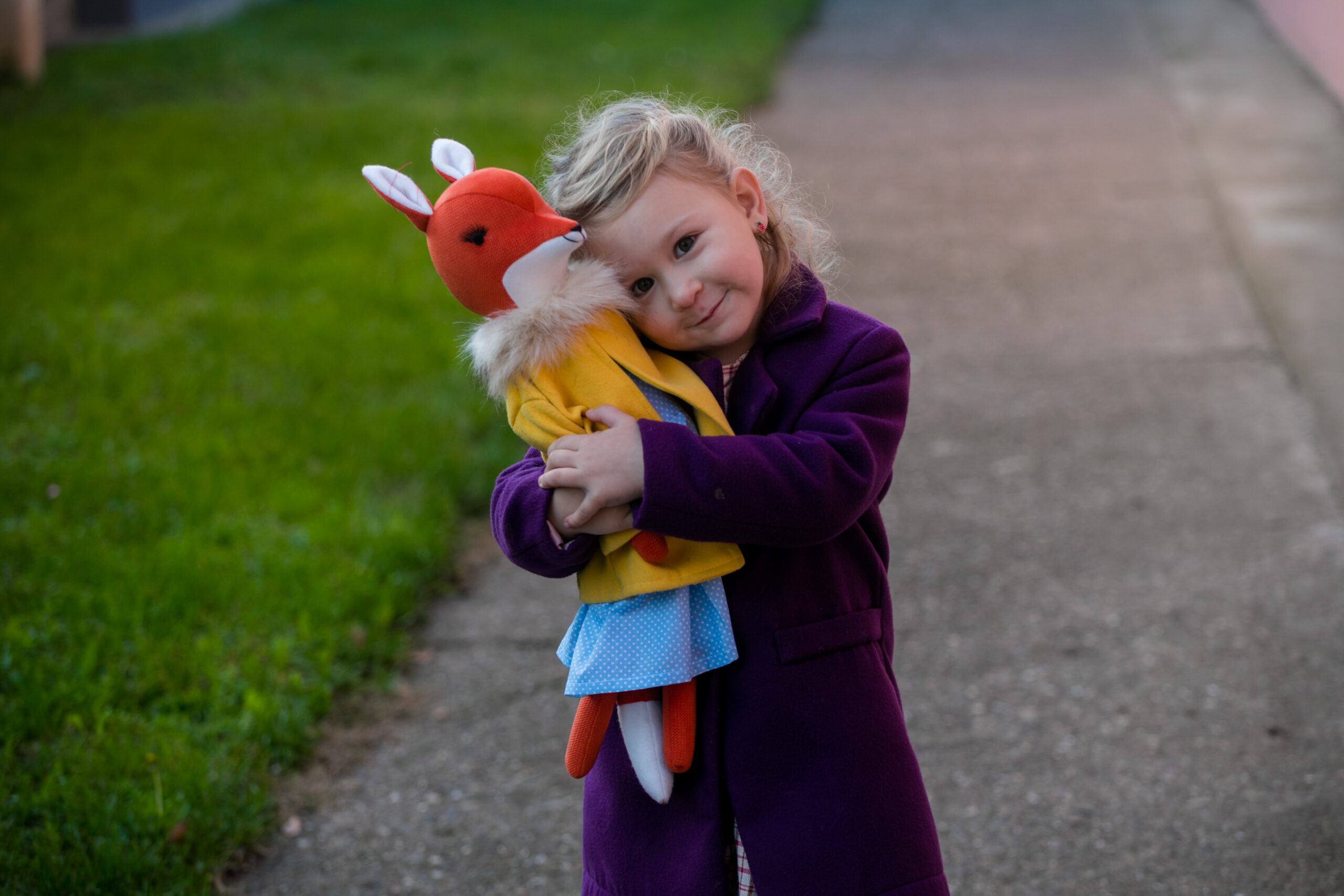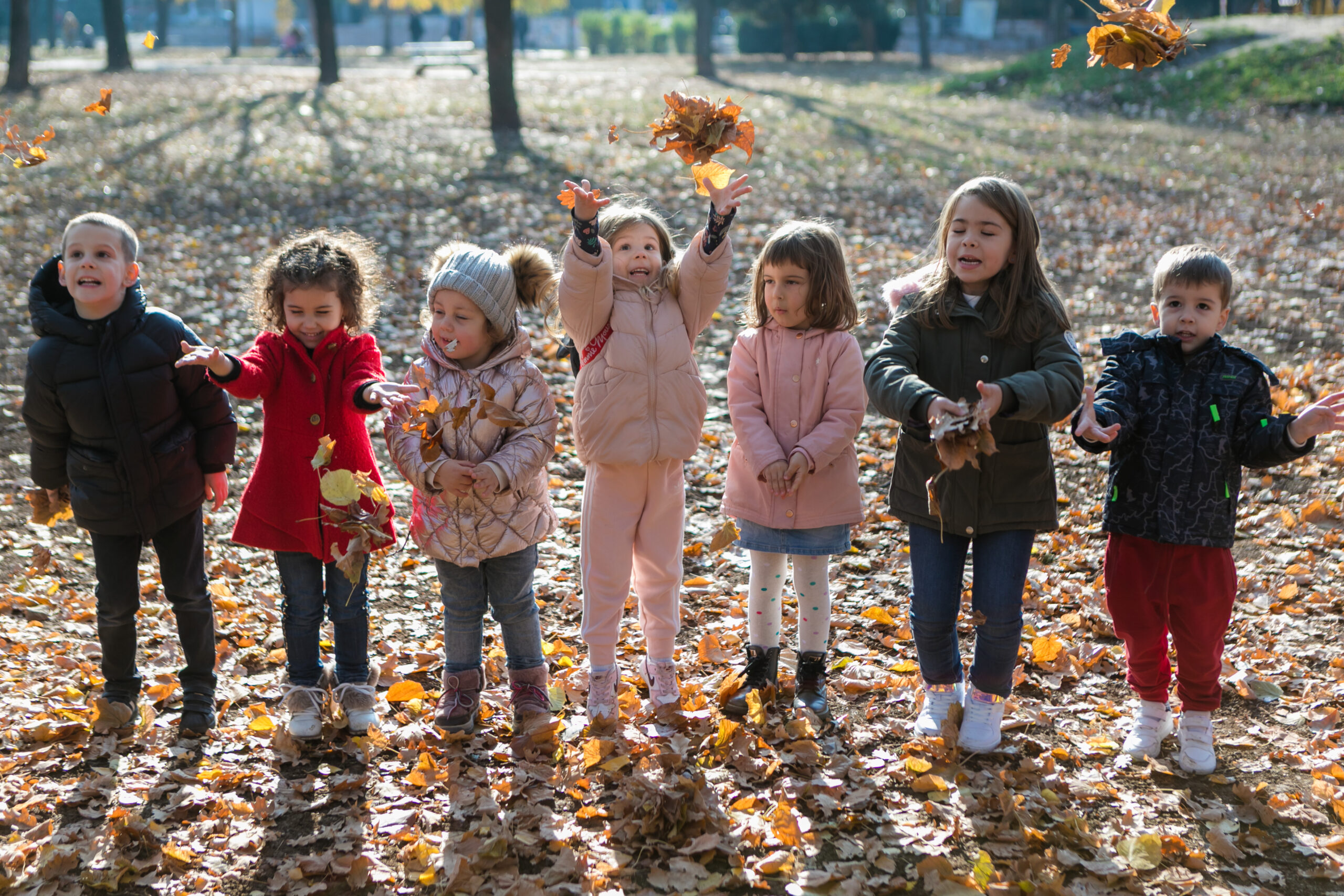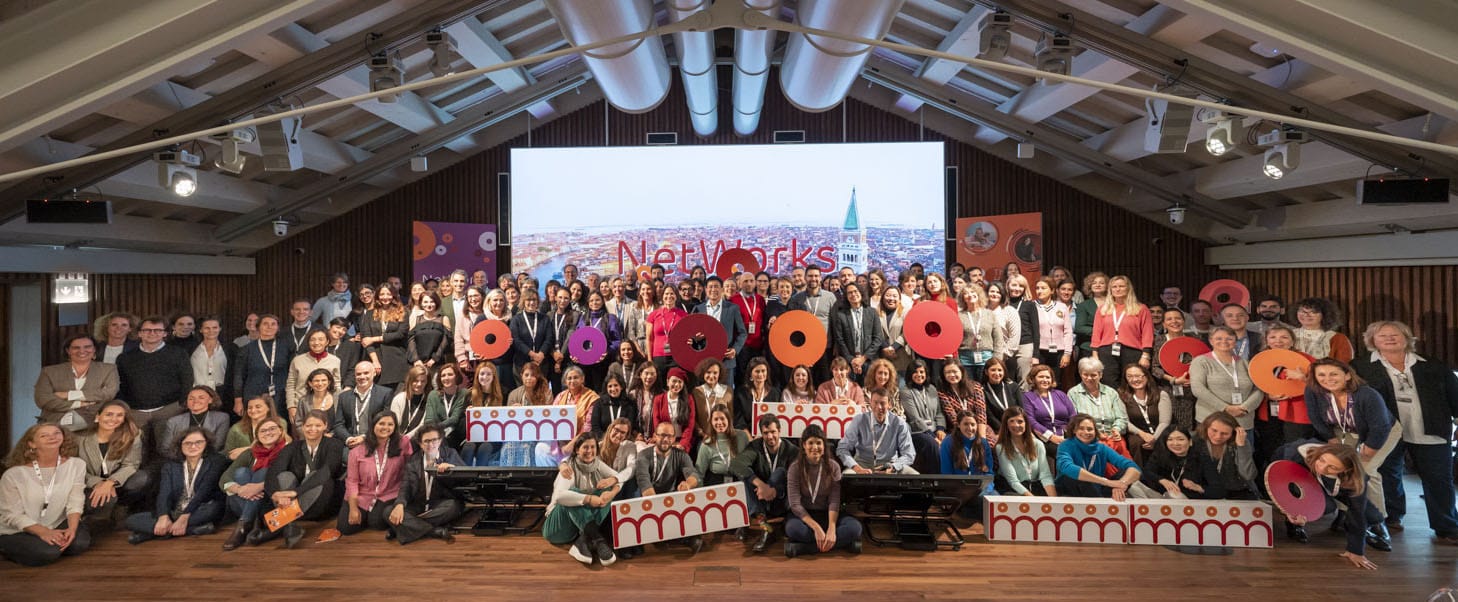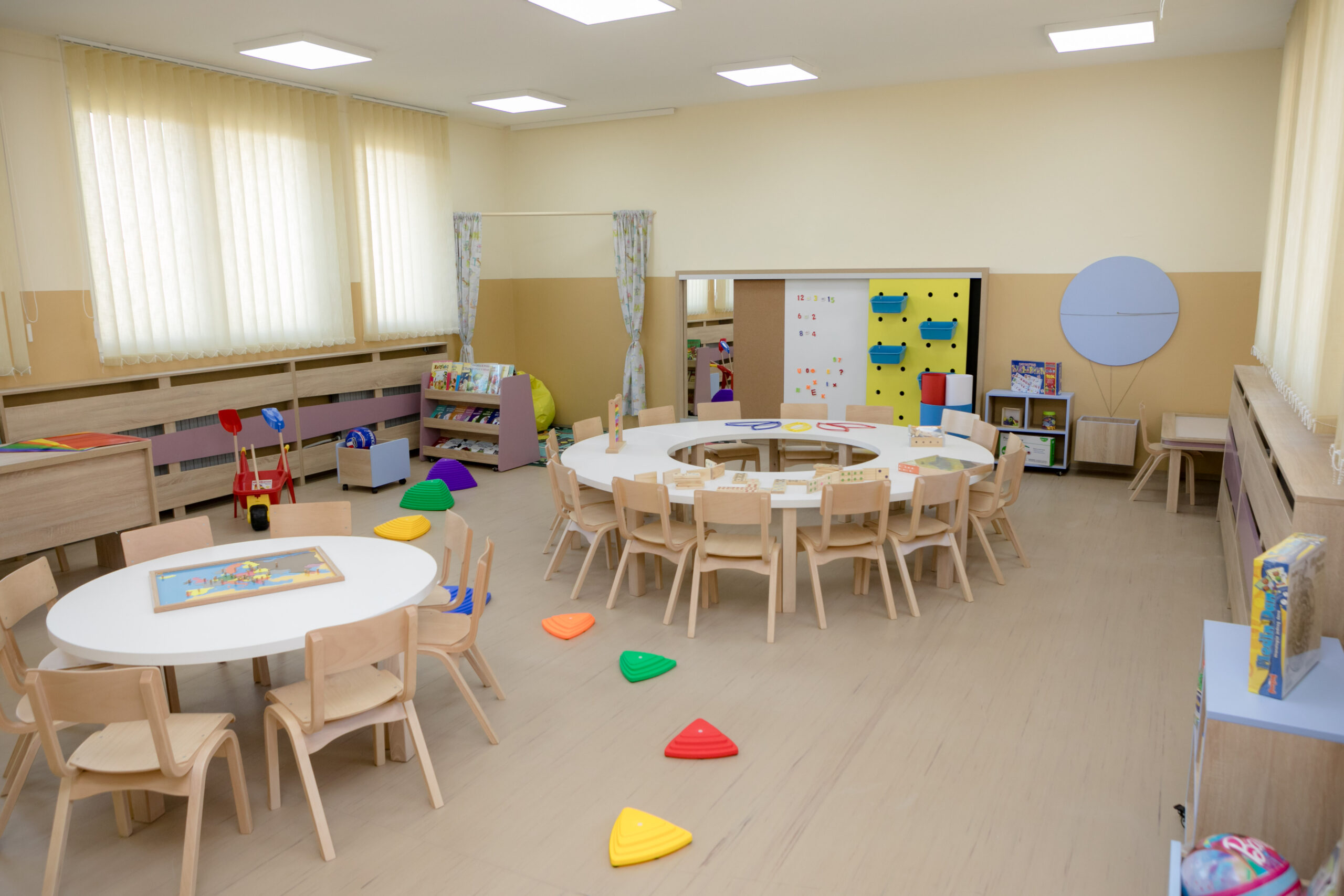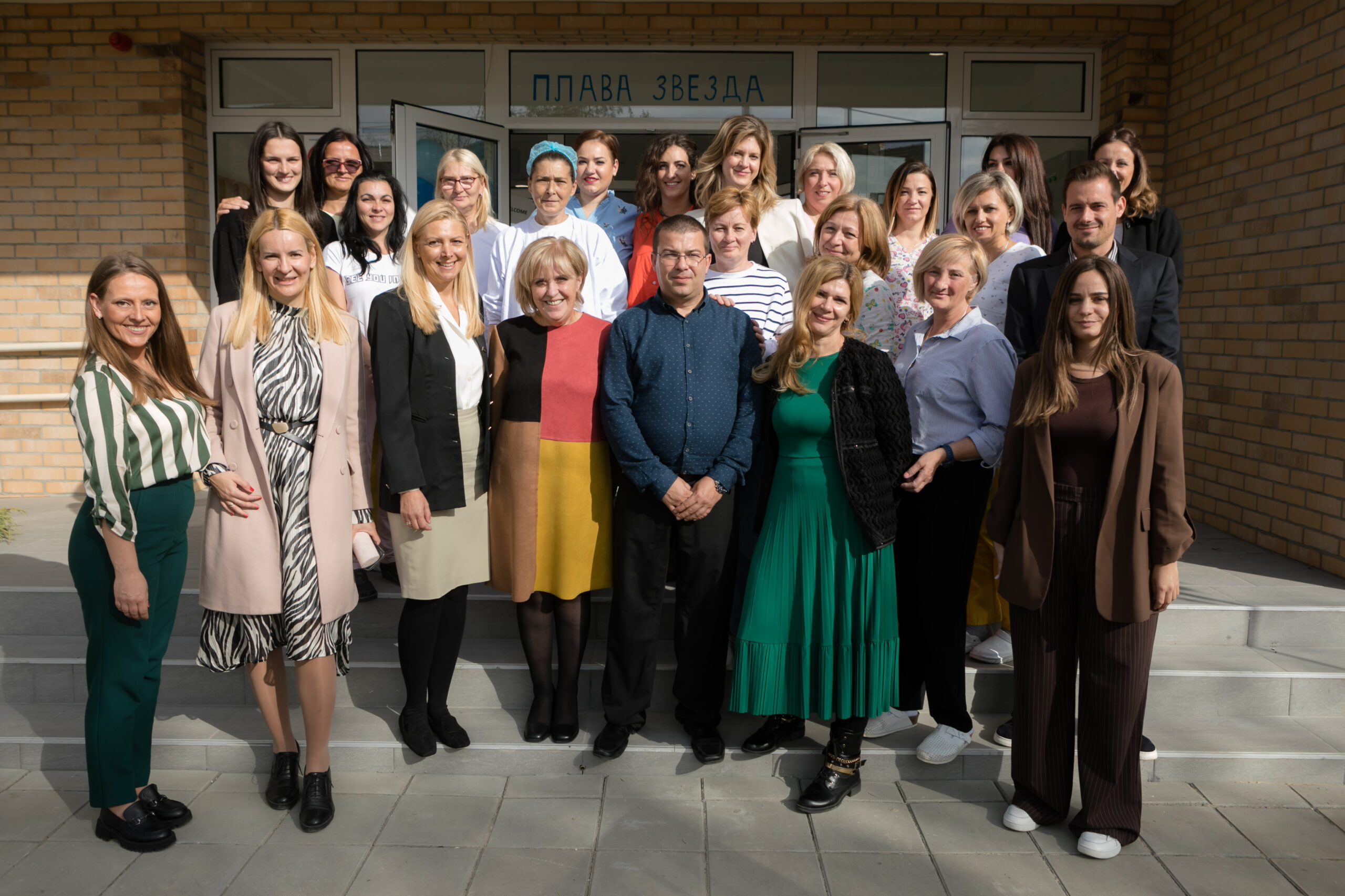As you are reading this text, you are probably in front of a screen of a digital device with access to the internet. If you find it useful or interesting (or maybe provocative and useless), you can share it with just a few clicks with a vast audience on the internet. Thanks to digital technology and internet, we are able to share information with others in a digital format faster than ever before. According to the words of Vinton Cerf, one of the inventors of the internet, “we have the entire world’s knowledge at the palm of our hand” thanks to this powerful tool. However, sharing information in a public space, especially when we are talking about personal information, and information relating to children, is connected to numerous risks.
[dropcap]A[/dropcap] study from 2016 has shown that an average British parent publishes almost 1500 pictures of their child on social media platforms by the time the child turns five, which is approximately 50% more than in 2015. Owners of personal social media profiles will agree that this phenomenon is increasingly present in our country as well. Personal profiles have become a veritable “digital treasure chest” of family photo albums which today’s generation of parents, born after the emergence of the internet, can hardly remember. Mothers begin sharing their newborn’s pictures with their online friends even before they leave the hospital.
Many children have a digital identity before they speak their first word, make their first step, learn how to go potty, and long before they have the opportunity to have their own personal profiles and make independent decisions. There is an increasing number of parenting blogs (e.g. Parenting wisdom (Mudrovanja o roditeljstvu), Let’s grow together (Rastimo zajedno), Mommy’s world (Mamin svet), etc.) where personal experiences of rearing children are shared, complete with photos, and which document (“month-by-month”) the positive side of parenting. Lately, there is more and more talk of the so-called “sharenting”.
What is sharenting?
The term “sharenting” was coined by combining the words “share” and “parenting”. This term signifies the need of a parent and/or a guardian of a child to share personal information (photo, videos, stories) about their children on the internet – web sites, video sharing platforms (e.g. YouTube), accounts on social media platforms (e.g. Facebook, Instagram, Twitter, etc.), blogs and vlogs, which usurp the child’s right to privacy. In addition to sharenting, the term “oversharenting” is also used to denote excessive sharing of personal content via the internet.
Sharenting is often mentioned in the context of the protection of children’s rights within the digital environment. One of the most important challenges of the so-called digital parenting is how to find a balance between the rights of the parents to share their children’s photos and the children’s right to privacy and protection of personal information.
According to Article 16 of the UN Convention on the Rights of the Child, which binds all its signatories, Serbia included, that:
1. No child shall be subjected to arbitrary or unlawful interference in his or her privacy, family, home or correspondence, or unlawful attacks on his or her honor and reputation; and
2. The child has the right to legal protection against such interference or attacks.
This entails that the parent, when publicly posting the photos of their child, should ask the child for permission.
If the child in question is an older child or a young adult, this is possible, but when it is the youngest, parents are the sole decision-makers. It should be kept in mind that kindergarten-aged children already have a sense of their personal identity, they are establishing friendships, compare each other among themselves, and that already at that age they should be asked what exactly it is that they wish to share and with whom.
We should also note that the new law in France allows children to retroactively sue their parents for infringement of their right to privacy when they grow up.
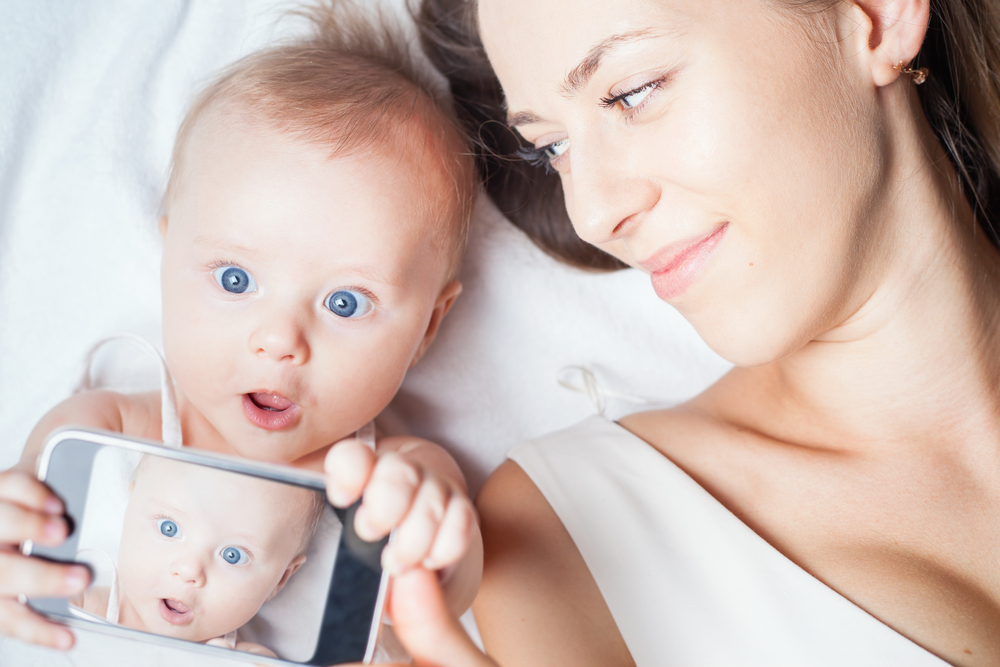
Are there any good sides to sharenting?
Of course that sharing of information in a digital environment has good sides: sustaining relationships with a wider circle of family and friends who are physically distanced from us or who we do not get to see often, exchange of personal experiences and connecting with others who share similar experiences or dilemmas to ours (e.g. concerning child-rearing), unlimited space for storage of information, at any time and for however long, etc.
What are sharenting risks?
Sharenting is often associated with personality traits, parents’ narcissistic tendencies, the need to showcase themselves in a better light to others, to compensate for their inferiority complex through the number of likes their child receives, or receive validation of their own worth, etc.
Most parents are not aware that, in this way, they are leaving digital footprints of their child in the digital space, or the fact that once we publish information on the internet it ceases to be ours. Most parents do not check the privacy settings on their own phones and the platforms they use, many have no actual idea who they shared their child’s personal information with, or how to change the default privacy settings. Some of our research showed that parents are still more concerned with the dangers their children will face in their daily environment, rather than the ones in their digital surroundings.
However, it is not a rarity that information innocently shared on the internet (by those very parents) gets abused by the so-called internet predators.
According to the Australian Cyber Security Centre, almost half of the photos published on websites for pedophiles originated from personal accounts, blogs, and websites of parents. Personal information of a child can be abused in many ways (by identity thieves, criminals), and children, as the youngest members of the internet, are at the heart of the ever-growing personal information market.
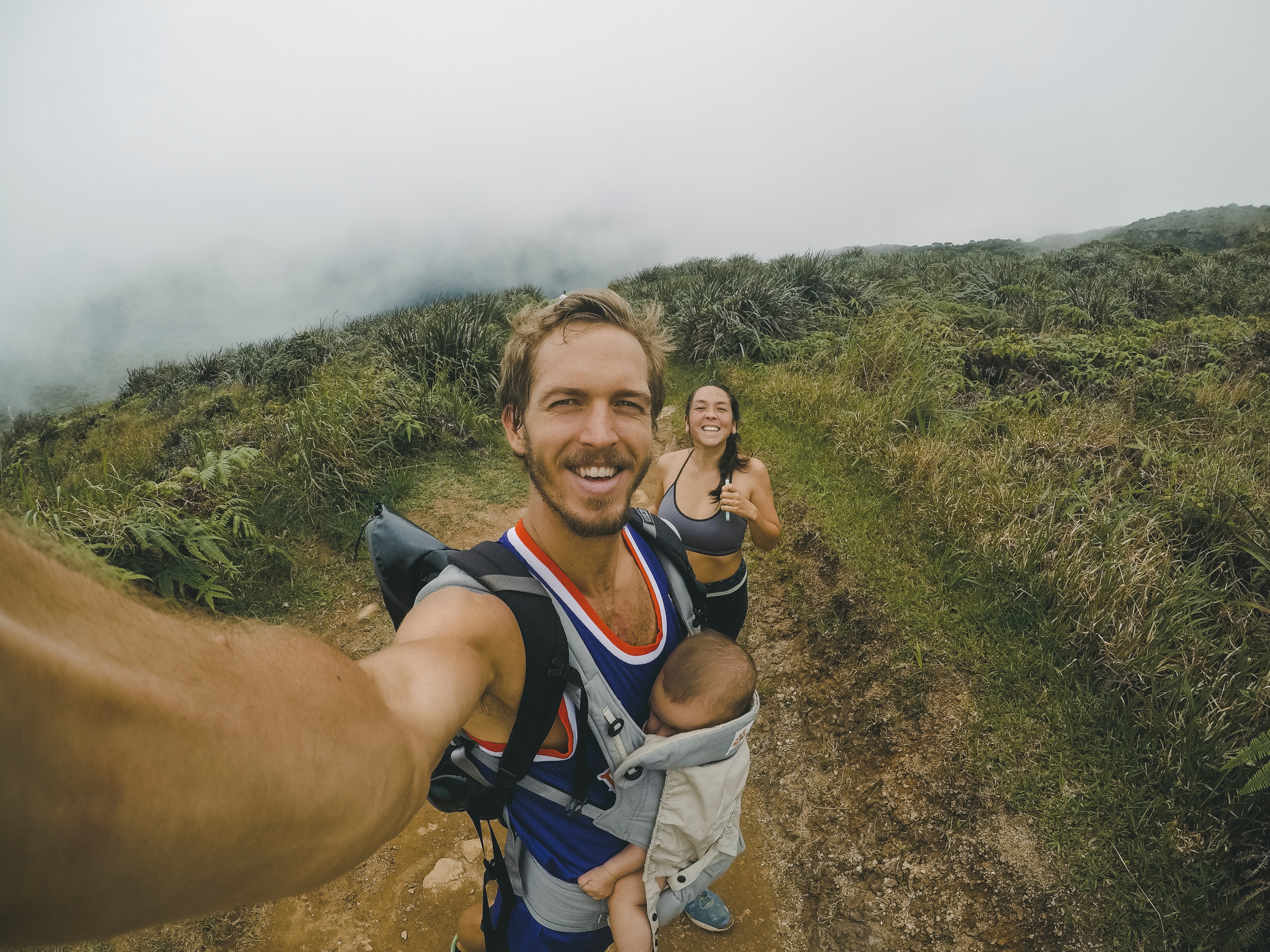
Can parents/guardians share their child’s photos safely? The answer is YES!
There are many ways one can share a child’s photo without jeopardizing its privacy. Firstly, the child in the photo can be masked in some way, that is, the face and eyes should be covered (e.g. with sunglasses or a hat, etc.). You can photograph your child from the back, from a distance which will make it unrecognizable, or you can show parts of the child’s body, emphasizing the environment rather than the child itself. Another way you can do it safely is to digitally enhance the photo, by covering the child’s face with, for example, a smiley face or an emoticon, or perhaps fog it up or paint over it (social media platforms offer these kinds of services to their users), thus making it impossible to detect a child’s identity.
So, moms and dads, the next time you find yourself considering whether to publicly publish your child’s photo or not, ask yourselves why you are doing it and will your child benefit or be damaged by it. And not because a convention or a law binds you, but because you care about your child’s current and future welfare. Right?!

